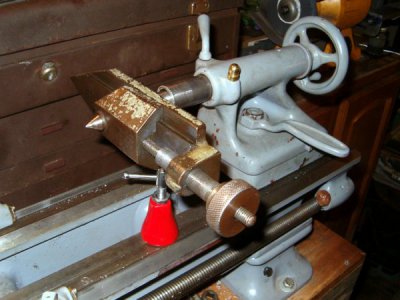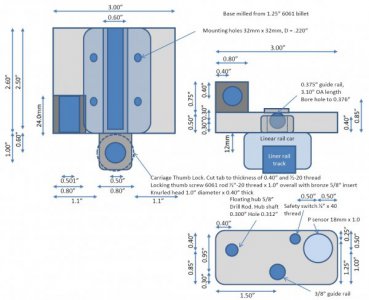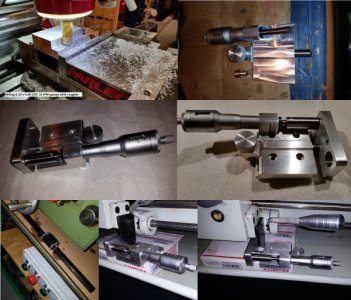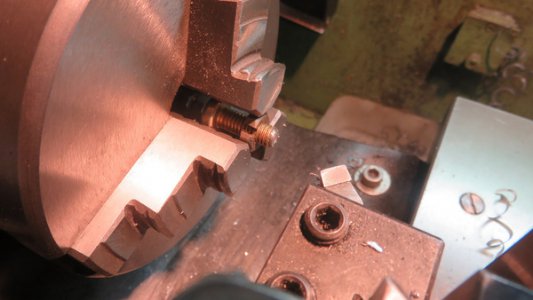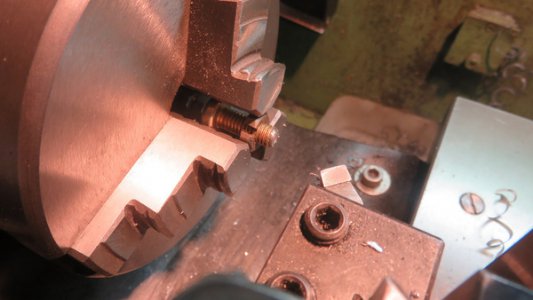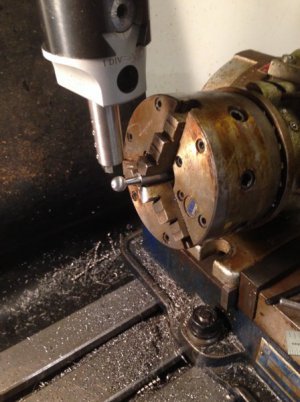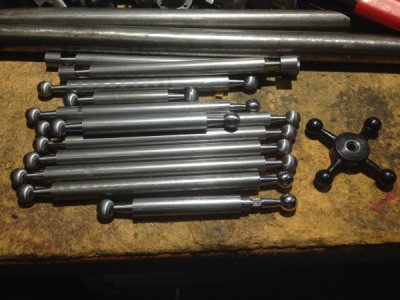- Joined
- May 23, 2015
- Messages
- 66
I have been cleaning and playing a little with my new to me 9A. I have never operated a metal lathe before so I have to experiment a little. My son, the blacksmith, asked me to make him a couple stand-offs for a barn door handle he is making for a client. I fiddled around with the first one and he didn't like it so he gave me more explicit measurements. I made one and he loved it. Then I surprised myself and made a second one exactly the same. Both are within one thousandth in every measurement. It may not be a big deal to most of you, but I impressed myself.
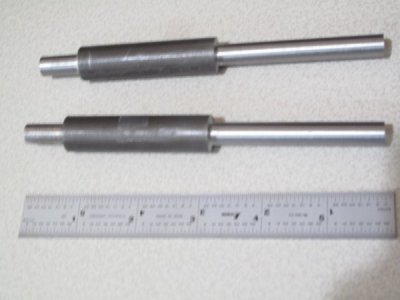

Last edited:


